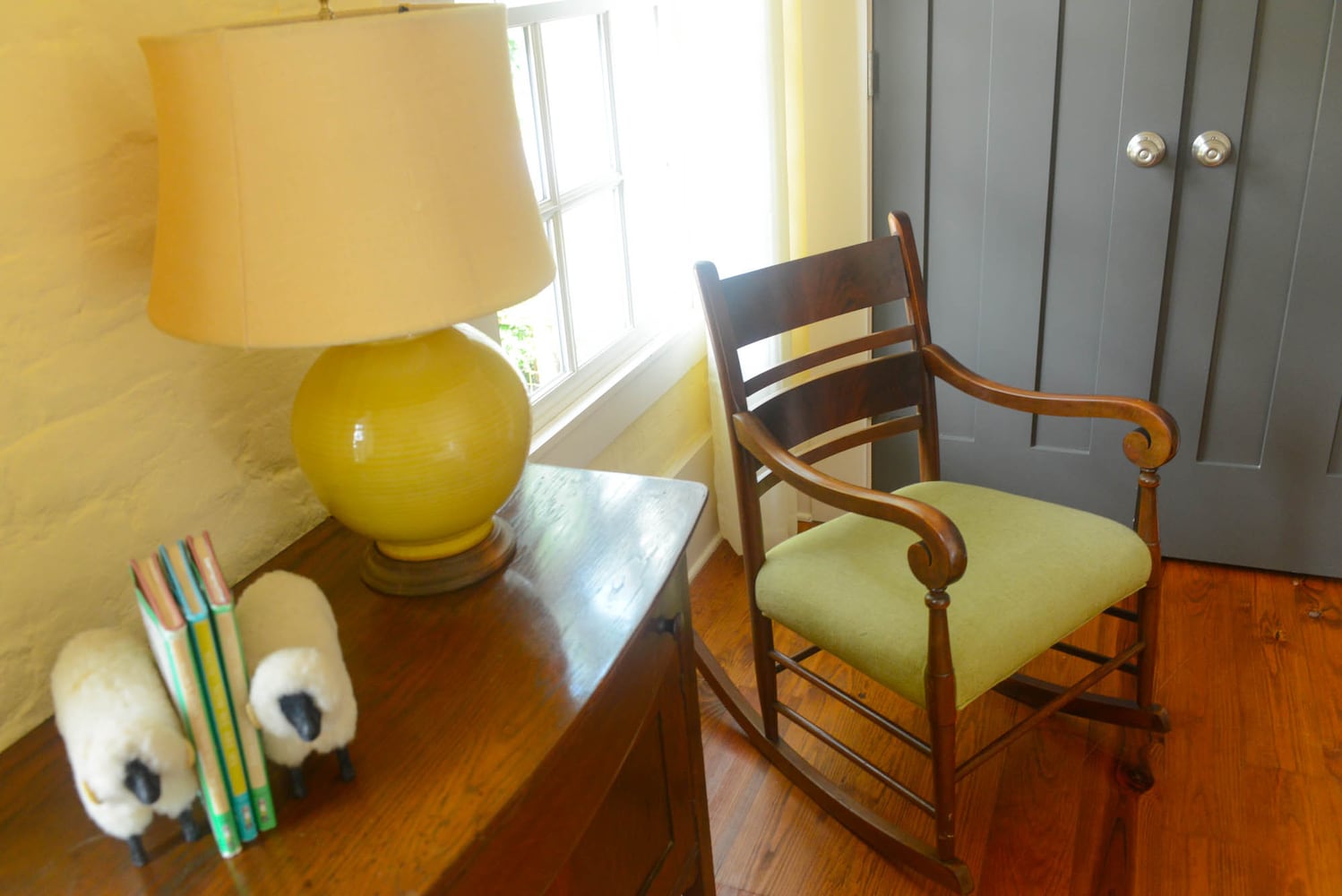Roswell’s historic architecture and century-old residences have appealed to Dee and Mark Simonton for years. First, they renovated a single-family home near the popular Canton Street shopping and dining district. Then they bought and renovated rooms in a townhome that was built for textile workers during the Industrial Revolution and is believed to be one of the nation’s first apartment communities.
Brick walls, a wood mantel and star-shaped steel reinforcements — set into the walls to protect the home against natural disasters — are original to the 178-year-old home, which is on the Roswell Historical Society's 2017 Tour of Homes on Sept. 16.
“I love the fact that the history is behind it,” she said. “It’s a very special place to be and a unique opportunity, I think.”
Snapshot
Residents: Mark and Dee Simonton. Mark works in advertising for Chemistry Atlanta; Dee is a home stager.
Location: Roswell
Size: 3,200 square feet, four bedrooms, three-and-a-half baths
Year built/bought: 1839/2015
Architectural style: Brick row house
Favorite architectural elements: Brick interior walls
Project consultants: Architect Lew Oliver (2006 renovations)
Renovations: The Simontons gutted the master bathroom, added a fireplace and built-ins in the den, and redid the powder room. In the kitchen, they installed new soapstone countertops and subway tile backsplash and replaced the range, sink and faucet, using items from Ferguson, AGA and California Faucets. They repainted, using a custom creamy yellow on most of the walls.
Interior design style: Traditional
Favorite interior design elements: Heirloom furniture, such as a table believed to date to 1775, and paintings personalize their townhome. "Our whole home is a lifetime collection," she said. Dee also designed furniture, including a couch as well as a bar and shelving for the living room.
Favorite outdoor element: The revamped courtyard
Resources: Fixtures from Ferguson. Furniture from Pottery Barn and RH. Lighting from LampsPlus.com.
Decor tip: Use found space for storage. In the dining room, they enclosed the space under the stairs to make a closet covered by doors salvaged from a feed store and dating to 1895. "I wanted doors that would be art," Dee said.
About the Author

























